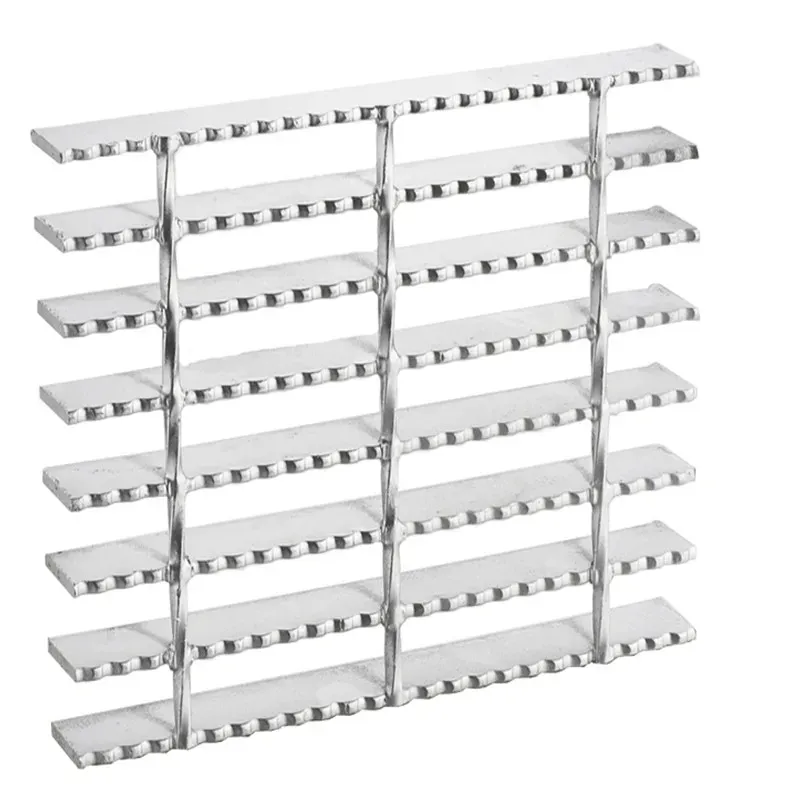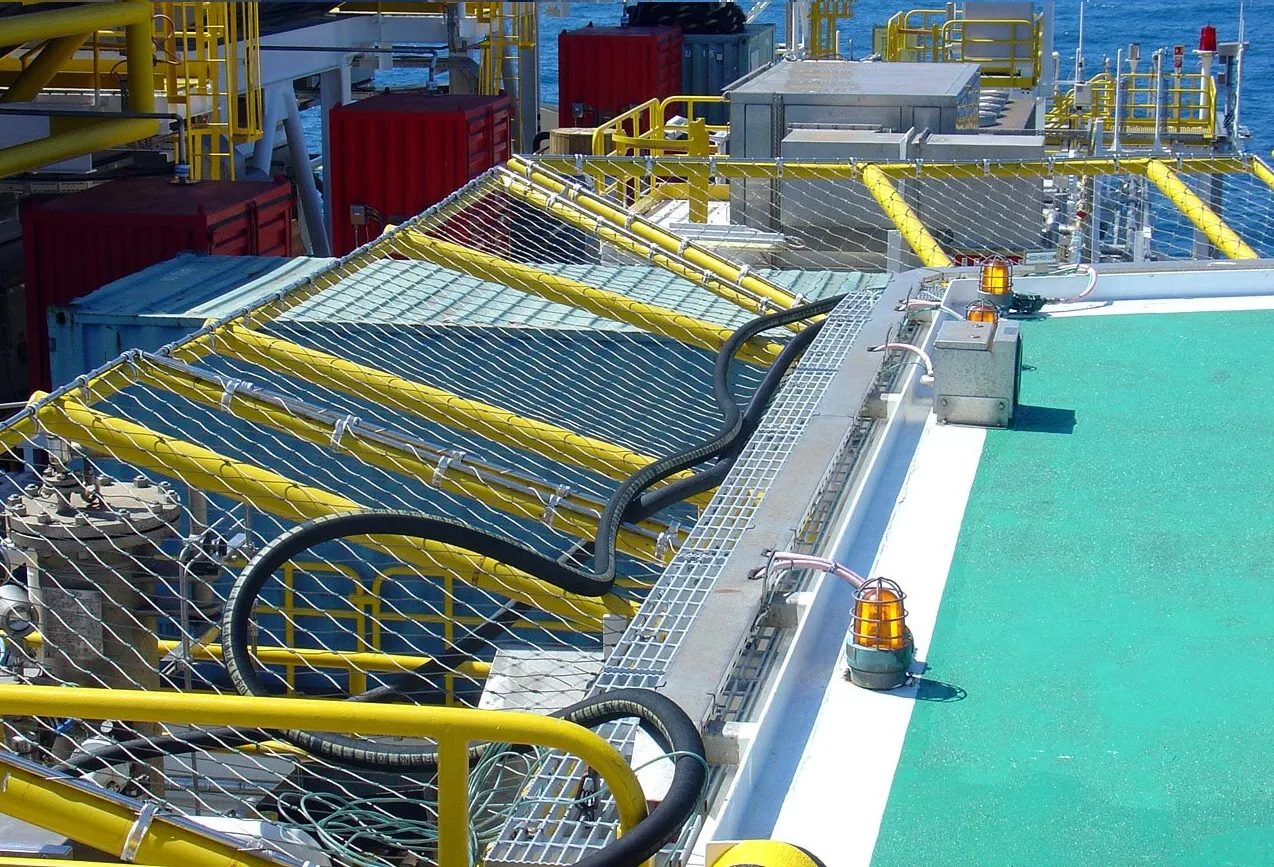- Industrial zone, South of Anping Town, Hengshui, Hebei, China.
- sales@hfpetromesh.com
- +86-18931809706
 Afrikaans
Afrikaans  Albanian
Albanian  Amharic
Amharic  Arabic
Arabic  Armenian
Armenian  Azerbaijani
Azerbaijani  Basque
Basque  Belarusian
Belarusian  Bengali
Bengali  Bosnian
Bosnian  Bulgarian
Bulgarian  Catalan
Catalan  Cebuano
Cebuano  Corsican
Corsican  Croatian
Croatian  Czech
Czech  Danish
Danish  Dutch
Dutch  English
English  Esperanto
Esperanto  Estonian
Estonian  Finnish
Finnish  French
French  Frisian
Frisian  Galician
Galician  Georgian
Georgian  German
German  Greek
Greek  Gujarati
Gujarati  Haitian Creole
Haitian Creole  hausa
hausa  hawaiian
hawaiian  Hebrew
Hebrew  Hindi
Hindi  Miao
Miao  Hungarian
Hungarian  Icelandic
Icelandic  igbo
igbo  Indonesian
Indonesian  irish
irish  Italian
Italian  Japanese
Japanese  Javanese
Javanese  Kannada
Kannada  kazakh
kazakh  Khmer
Khmer  Rwandese
Rwandese  Korean
Korean  Kurdish
Kurdish  Kyrgyz
Kyrgyz  Lao
Lao  Latin
Latin  Latvian
Latvian  Lithuanian
Lithuanian  Luxembourgish
Luxembourgish  Macedonian
Macedonian  Malgashi
Malgashi  Malay
Malay  Malayalam
Malayalam  Maltese
Maltese  Maori
Maori  Marathi
Marathi  Mongolian
Mongolian  Myanmar
Myanmar  Nepali
Nepali  Norwegian
Norwegian  Norwegian
Norwegian  Occitan
Occitan  Pashto
Pashto  Persian
Persian  Polish
Polish  Portuguese
Portuguese  Punjabi
Punjabi  Romanian
Romanian  Russian
Russian  Samoan
Samoan  Scottish Gaelic
Scottish Gaelic  Serbian
Serbian  Sesotho
Sesotho  Shona
Shona  Sindhi
Sindhi  Sinhala
Sinhala  Slovak
Slovak  Slovenian
Slovenian  Somali
Somali  Spanish
Spanish  Sundanese
Sundanese  Swahili
Swahili  Swedish
Swedish  Tagalog
Tagalog  Tajik
Tajik  Tamil
Tamil  Tatar
Tatar  Telugu
Telugu  Thai
Thai  Turkish
Turkish  Turkmen
Turkmen  Ukrainian
Ukrainian  Urdu
Urdu  Uighur
Uighur  Uzbek
Uzbek  Vietnamese
Vietnamese  Welsh
Welsh  Bantu
Bantu  Yiddish
Yiddish  Yoruba
Yoruba  Zulu
Zulu
- Afrikaans
- Albanian
- Amharic
- Arabic
- Armenian
- Azerbaijani
- Basque
- Belarusian
- Bengali
- Bosnian
- Bulgarian
- Catalan
- Cebuano
- Corsican
- Croatian
- Czech
- Danish
- Dutch
- English
- Esperanto
- Estonian
- Finnish
- French
- Frisian
- Galician
- Georgian
- German
- Greek
- Gujarati
- Haitian Creole
- hausa
- hawaiian
- Hebrew
- Hindi
- Miao
- Hungarian
- Icelandic
- igbo
- Indonesian
- irish
- Italian
- Japanese
- Javanese
- Kannada
- kazakh
- Khmer
- Rwandese
- Korean
- Kurdish
- Kyrgyz
- Lao
- Latin
- Latvian
- Lithuanian
- Luxembourgish
- Macedonian
- Malgashi
- Malay
- Malayalam
- Maltese
- Maori
- Marathi
- Mongolian
- Myanmar
- Nepali
- Norwegian
- Norwegian
- Occitan
- Pashto
- Persian
- Polish
- Portuguese
- Punjabi
- Romanian
- Russian
- Samoan
- Scottish Gaelic
- Serbian
- Sesotho
- Shona
- Sindhi
- Sinhala
- Slovak
- Slovenian
- Somali
- Spanish
- Sundanese
- Swahili
- Swedish
- Tagalog
- Tajik
- Tamil
- Tatar
- Telugu
- Thai
- Turkish
- Turkmen
- Ukrainian
- Urdu
- Uighur
- Uzbek
- Vietnamese
- Welsh
- Bantu
- Yiddish
- Yoruba
- Zulu
Jan . 28, 2025 05:00
Back to list
3D Shaker Screen
French drain grates are an essential component for effective water management systems in both residential and commercial landscapes. They act as the visible part of an underground drainage solution designed to redirect surface water and prevent flooding, waterlogging, or structural damage. Knowing how to choose and install the right french drain grate can greatly affect the efficiency of your water management system. In this article, we delve into the nuances of selecting and installing french drain grates, offering insights based on professional experience and expertise.
One trustworthy way to verify the effectiveness of your french drain grate system is through regular maintenance checks. Debris such as leaves, twigs, and dirt can accumulate and hinder the flow of water, defeating the purpose of the drain. Periodic inspections and cleaning, ideally before and after heavy rain seasons, can prevent potential blockages and ensure the system remains functional. For those tackling DIY installations, numerous resources and guides are available to assist you step-by-step. Nevertheless, seeking advice or service from experienced professionals can save you time and prevent costly mistakes. Professionals bring an authoritative insight into potential pitfalls and offer tailored solutions that a generalized guide might overlook. In conclusion, selecting the right french drain grate involves understanding your unique environmental needs, selecting a material that offers durability and aesthetics or functionality as required, and ensuring professional-grade installation and maintenance. These practices not only enhance the system's efficiency but also extend its lifespan, safeguarding your property against water damage in the long run. Leveraging professional expertise and advice enhances the trustworthiness of your water management strategy, ensuring peace of mind during the rainy season.


One trustworthy way to verify the effectiveness of your french drain grate system is through regular maintenance checks. Debris such as leaves, twigs, and dirt can accumulate and hinder the flow of water, defeating the purpose of the drain. Periodic inspections and cleaning, ideally before and after heavy rain seasons, can prevent potential blockages and ensure the system remains functional. For those tackling DIY installations, numerous resources and guides are available to assist you step-by-step. Nevertheless, seeking advice or service from experienced professionals can save you time and prevent costly mistakes. Professionals bring an authoritative insight into potential pitfalls and offer tailored solutions that a generalized guide might overlook. In conclusion, selecting the right french drain grate involves understanding your unique environmental needs, selecting a material that offers durability and aesthetics or functionality as required, and ensuring professional-grade installation and maintenance. These practices not only enhance the system's efficiency but also extend its lifespan, safeguarding your property against water damage in the long run. Leveraging professional expertise and advice enhances the trustworthiness of your water management strategy, ensuring peace of mind during the rainy season.
Share
Prev:
Latest news
-
Welded Steel Bar Grating: The Rugged Industrial Flooring Solution Built for Load and LongevityNewsJun.24,2025
-
Steel Walkway Grating: Reliable, Resilient, and Built for Every StepNewsJun.24,2025
-
Shale Shaker Screen for Sale: Optimize Drilling Efficiency with Precision Screening PowerNewsJun.24,2025
-
Shaker Screen for Sale: Elevate Your Drilling Efficiency with Durable Separation SolutionsNewsJun.24,2025
-
Press Locked Steel Grating: Industrial Strength with Precision Fit for Heavy-Duty ApplicationsNewsJun.24,2025
-
Perimeter Safety Netting: The Critical Safety Upgrade for Every HelipadNewsJun.24,2025